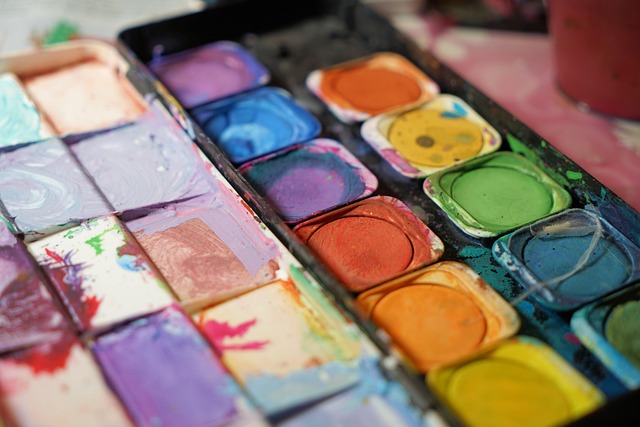Unveiling Emotions Through Color and Form
Painting is often seen as a visual delight, a feast for the eyes that captures light, shadow, and scene. But there exists a deeper layer beneath the surface—a realm where color and form become the language of the mind and soul. This realm is where psychological painting comes alive, transforming a canvas into an emotional journey.
The Invisible Voice of the Mind
Psychological painting is not simply about depicting reality; it’s about exploring the internal landscapes that define our human experience. When you look closely, you may sense the anxiety in jagged brush strokes, the tranquility in a muted palette, or the tension woven into a chaotic swirl of colors. These paintings speak directly to our subconscious, inviting us to confront feelings that words often fail to express.
Connecting on a Personal Level
Imagine standing before a painting that feels like it knows your deepest fears or your hidden hopes. That’s the power of psychological painting—it doesn’t just show a scene, it reflects parts of our own psyche back to us. This kind of art has a unique ability to foster empathy and self-awareness, gently nudging viewers to explore their personal narratives through the artist’s visual language.
The Painter’s Mind as a Gateway
Creating a psychological painting requires artists to dive into their own emotions, memories, or unconscious mind. It’s an act of courage—to admit vulnerability and translate intangible feelings into tangible forms. The result is a powerful interplay between artist and viewer, a silent conversation across time and space, revealing the depth of human complexity.
Why We Gravitate Toward Psychological Painting
In a world overflowing with distractions, these paintings offer a pause—a chance to look inward. They remind us that beneath our day-to-day routines lies a well of emotions, waiting to be acknowledged and understood. Through psychological painting, we find a mirror to our soul, a visual therapy that can heal, provoke, or inspire.
